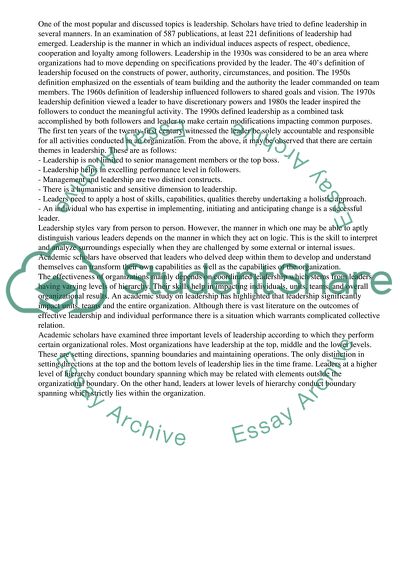Cite this document
(Leadership Theories and Main Discrepancies between Management and Lead Term Paper, n.d.)
Leadership Theories and Main Discrepancies between Management and Lead Term Paper. Retrieved from https://studentshare.org/management/1475524-explain-clearly-what-is-understood-by-the-meaning
Leadership Theories and Main Discrepancies between Management and Lead Term Paper. Retrieved from https://studentshare.org/management/1475524-explain-clearly-what-is-understood-by-the-meaning
(Leadership Theories and Main Discrepancies Between Management and Lead Term Paper)
Leadership Theories and Main Discrepancies Between Management and Lead Term Paper. https://studentshare.org/management/1475524-explain-clearly-what-is-understood-by-the-meaning.
Leadership Theories and Main Discrepancies Between Management and Lead Term Paper. https://studentshare.org/management/1475524-explain-clearly-what-is-understood-by-the-meaning.
“Leadership Theories and Main Discrepancies Between Management and Lead Term Paper”, n.d. https://studentshare.org/management/1475524-explain-clearly-what-is-understood-by-the-meaning.


